Key market players are emphasizing significantly on R&D for increasing their product offerings, which will further help the Lithium-Ion Battery Cathode Material Market to grow considerably. Market players are adopting several business development strategies such as acquisitions, mergers, collaborations, and partnerships to enhance their market presence and acquire a larger customer base. To survive in the competitive market, industry players must provide cost effective products.
The Lithium-Ion Battery Cathode Material market is very competitive with market players trying to develop unique and innovative products and solutions, which could render the competitors’ offerings obsolete. The competitive environment is likely to grow further owing to rising technological advancements. Some of the key players operating in the Lithium-Ion Battery Cathode Material Market are BYD Co Ltd, LG Chem Ltd, Samsung SDI Co Ltd, BASF SE, Hunan Yuneng New Energy Battery Material Co Ltd, NEI Corporation, Targray Technology International Inc, Nichias Corp, JFE Mineral & Alloy Company, LTD, and Fujitsu Limited.
To increase their global reach and client base, key firms are concentrating on acquisitions and product innovation.
BYD Co Ltd: BYD Co Ltd (BYD) designs, manufactures and sells rechargeable batteries, photovoltaic products, handset components and other electronic products. The company also offers whole product assembly services. It manufactures and offers traditional fuel-engine vehicles and new energy vehicles. The range of products developed by the company includes rechargeable batteries, photovoltaics, handset components, smartphone, laptop, notebook computers, game hardware and other consumer-related products. Automobile products include high-end, medium-end, and low-end cars, and whole car moulds, auto parts, DM (dual mode) and pure electric vehicles.
It offers its products and services to handset manufacturers, electric power tools and other portable electronic equipment manufacturers. The company operates across the US, Europe, Japan, India, Hong Kong and other regions. BYD is headquartered in Shenzhen, China.
LG Chem Ltd: LG Chem Ltd is a Korea-based company principally engaged in the manufacture of petrochemical materials. The Company operates its business through five segments. The Petrochemistry Business segment is mainly engaged in the manufacture of basic materials which are mainly used for petrochemical industry, and the products include polyvinyl chloride (PVC) resins, low-density polyethylene (LDPE), poly styrene (PS), and acrylonitrile butadiene styrene (ABS). The Battery Business segment mainly engages in the manufacture of rechargeable batteries for mobile phone, automobile and storage batteries.
The Advanced Materials Business segment mainly manufactures optical materials for manufacturing polarizers, and electronic materials including liquid crystal display (LCD) materials and cathode materials. The Life Science Business segment engages in the bio pharmaceutical business. The Common and Other segment manufactures and sells crop protection agents, fertilizers and seeds. LG Chem is a leading global supplier of lithium-ion battery cathode materials. The company has a strong track record of innovation and has developed some of the most advanced cathode materials on the market. LG Chem is committed to providing its customers with the best possible battery performance and safety.
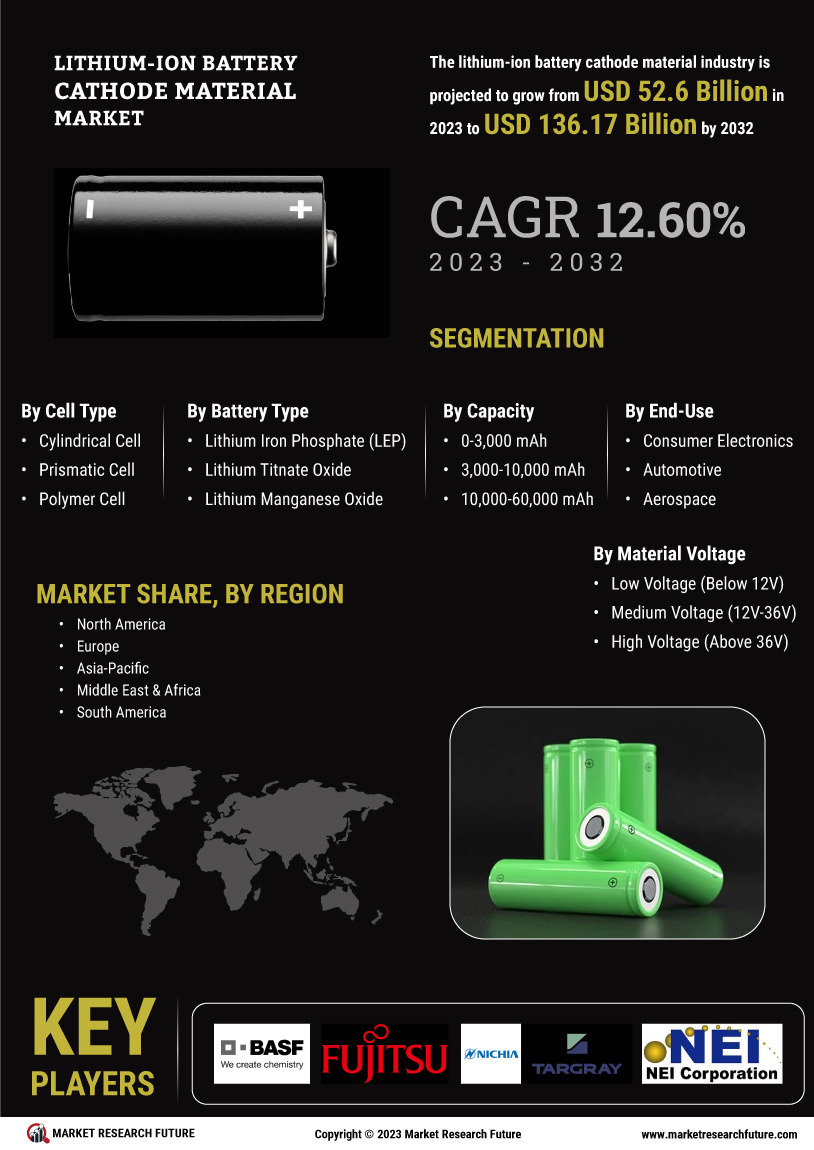


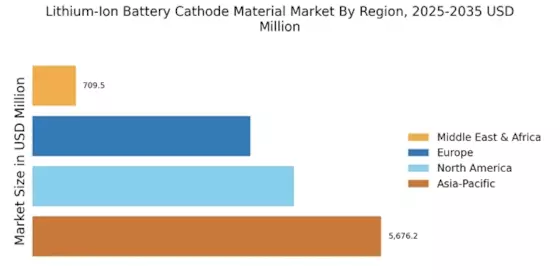
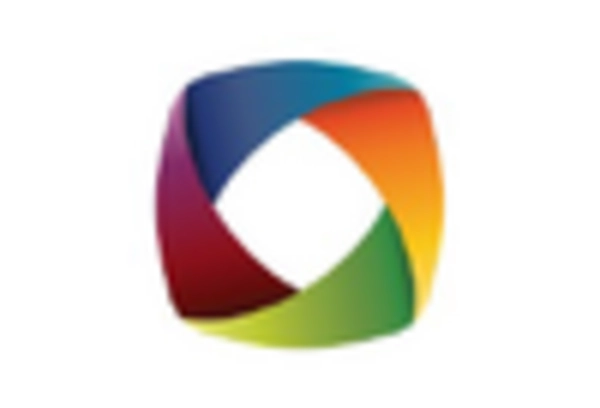
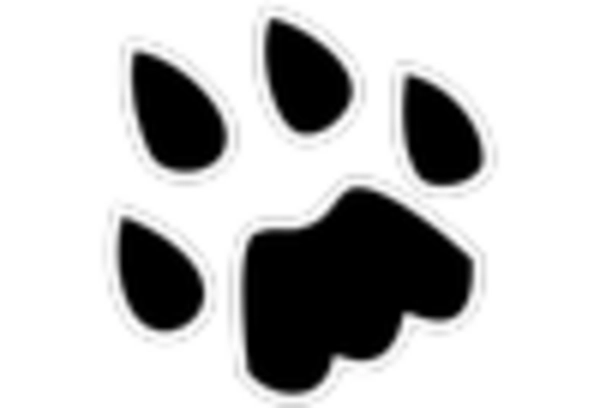
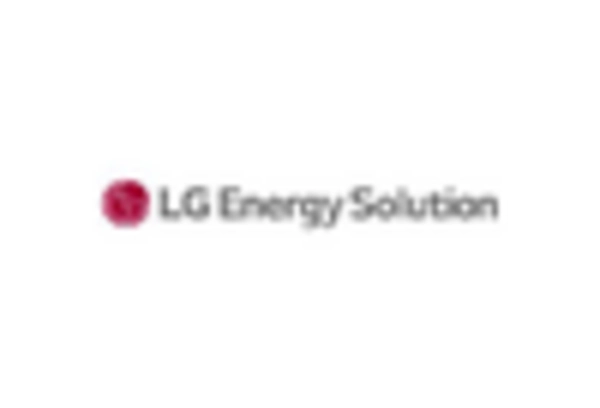
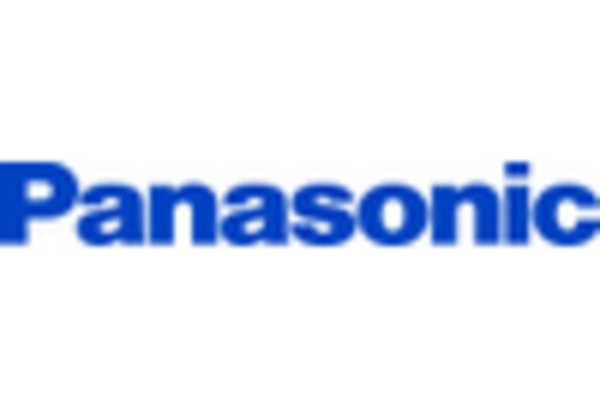
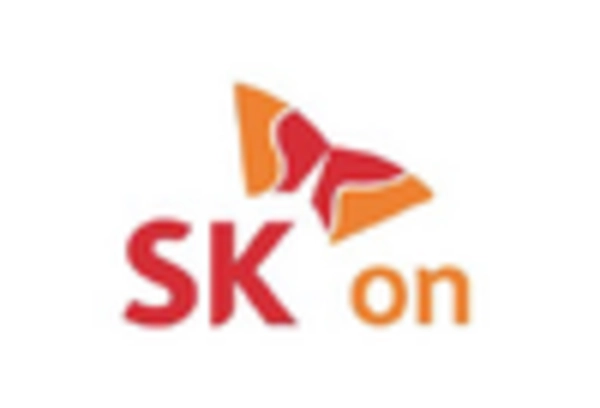









Leave a Comment